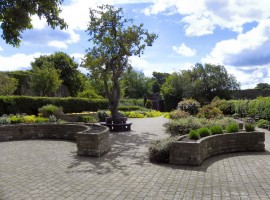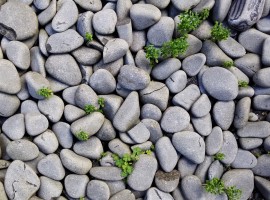A garden to explore, a garden to feel nature under your feet and around you, a garden to feel good: here is some tips to create a beautiful sensory garden!
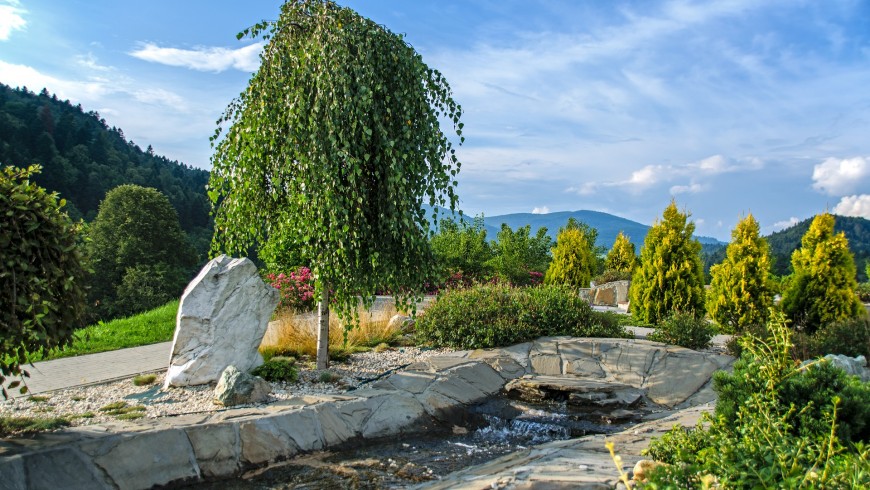
A sensory garden is an area where every sense is stimulated, where nature guides us in a harmonious path and plants and flowers have therapeutic effects on our body, our mind, our emotions.
Anyone with an outdoor space can design a sensory garden, which is for all, designed for children, or accessible to those with disabilities. Of course, bigger is better, but with a little imagination you can create a sensory garden even in a confined space.
How to start? Everything begins with the design and everything revolves around the senses, so let’s see what should not be missing in your sensory garden, along with your imagination.
Sight in a sensory garden
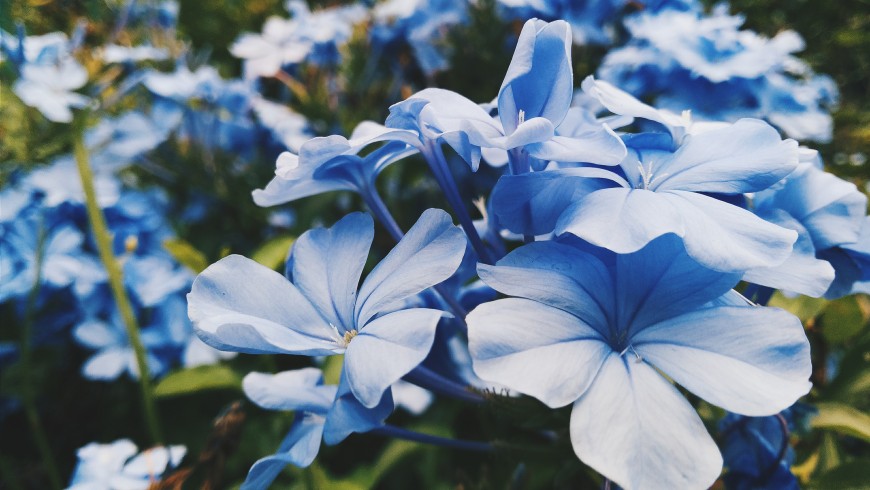
Let’s start with the simplest way to be stimulated within a garden. Your look has to be filled with color, shapes, play of light. The result becomes amazing when you plant flowers in contrasting colors, with shapes that vary. Long-stemmed plants move with the wind and are therefore perfect to create beautiful play of light and movement. Playing with colors of plants and flowers, it’s always good to remember their functions and what they represent:
- Red, orange and yellow represent happiness and vibrancy
- White, blue and lilac convey a sense of relaxation and invite meditation
Smell
Again the design is all: nature gives a thousand scents, but you have to choose well how to arrange them. The most fragrant plants and flowers should not be placed too close together, but among them is best if you place less intense plants. One good idea is surely to have herbs like mint and rosemary into the edges, along the way.
Hearing nature in a sensory garden

The chirping of birds, the sound of wind, the crunch of the leaves: sounds of nature will be already in your sensory garden, but to amplify the auditory experience you can install small fountains or ponds.
Touch nature in a sensory garden
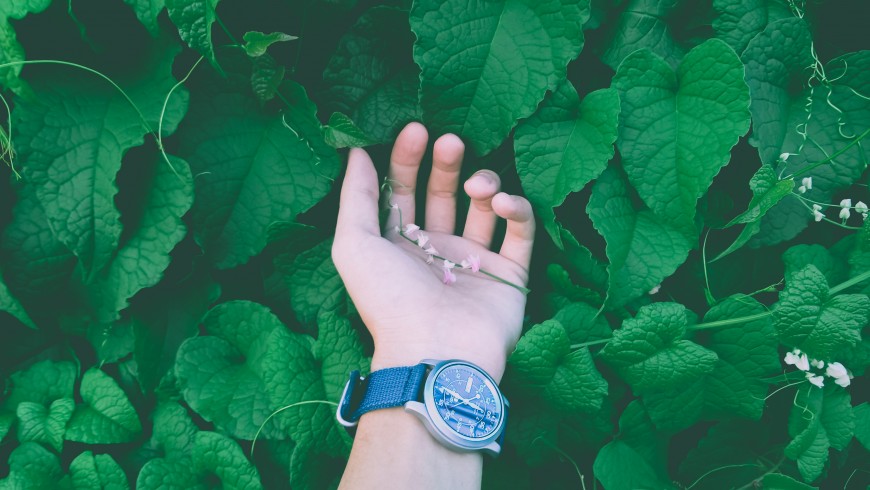
Your garden must invite to touch: plants must be easily accessible, the best leaves are large, velvety or feathered. You can create short paths to go barefoot on the sand or gravel.
Taste in a sensory garden
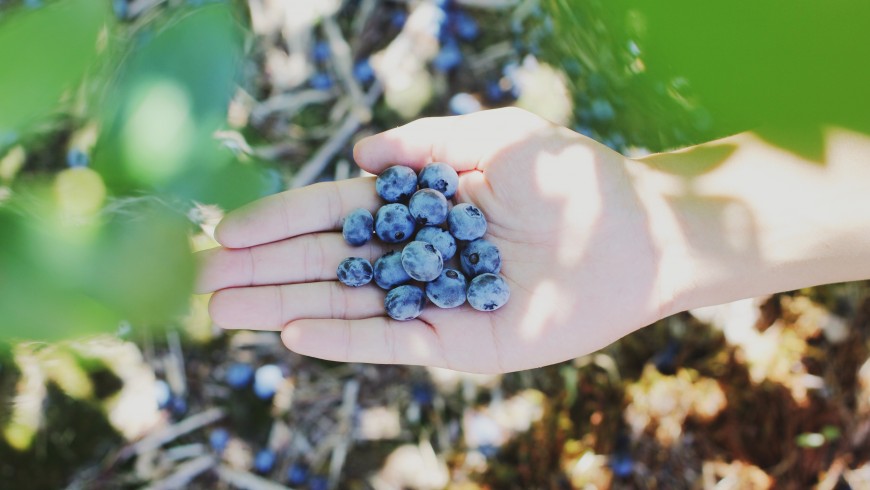
In your sensory garden there must also be room for edible herbs, for fruit trees or tomatoes. It may surprise you how much you can enjoy taste a produce just picked from the land.
The entrance, the lounge areas and other small details for a perfect sensory garden
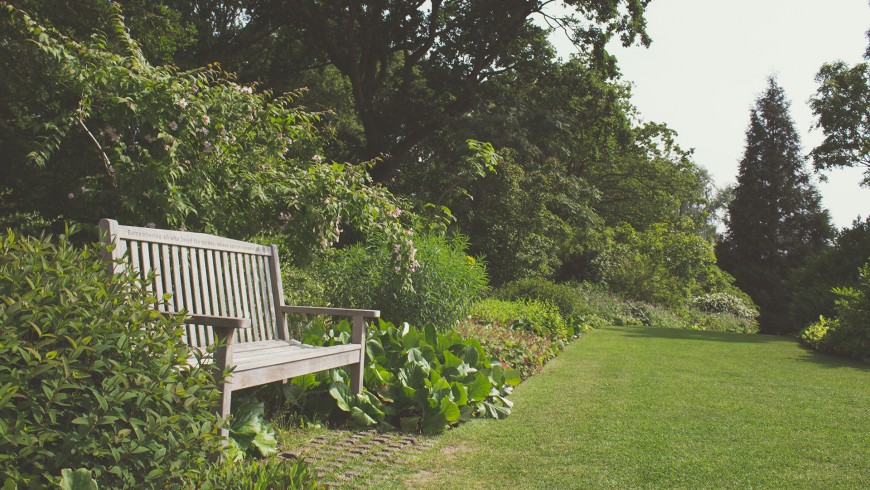
For your garden you have to think carefully also to other small things. Entrance is essential, it must give privacy and seem almost a door to another world. You should think about relaxation areas, you can put hammocks or comfortable benches, in a well defined area. It’s best to alternate along the route different materials, for example by establishing an area dedicated to sand and the next one to leaves. It is essential to create the trails with boardwalks that wind through the garden, to make the visit more pleasant and less distracting.
Ready to create your own piece of paradise, to fill complete through a journey of the senses?

